Microbiological Safety Cabinets (MSCs) form part of many labs, often with multiple cabinets running different tests and/or experiments.
With floorspace being at a premium in all labs, it is crucial that MSCs are positioned correctly to ensure optimum performance and safety. The design of the lab space should avoid overcrowding and minimise footfall around MSCs. Also critical to consider, are the position of doors, columns and any windows. The layout of furniture and free-standing equipment can result in a lab that is uncluttered and easy to clean with cabinets operating at their optimised levels.
In addition to equipment performance, it is essential to consider that personnel are provided with ample space to perform lab work safely and that safety cabinets need adequate space around them to allow for correct airflow. There are some simple guidelines to follow for layout design and positioning safety cabinets which we will look at here:
1: Maintain an undisturbed space of 1000mm around the cabinet. This has two benefits i.e., firstly, the worker has ample room to perform tasks safely, and secondly, this room provides sufficient undisturbed air for the cabinet to work properly.
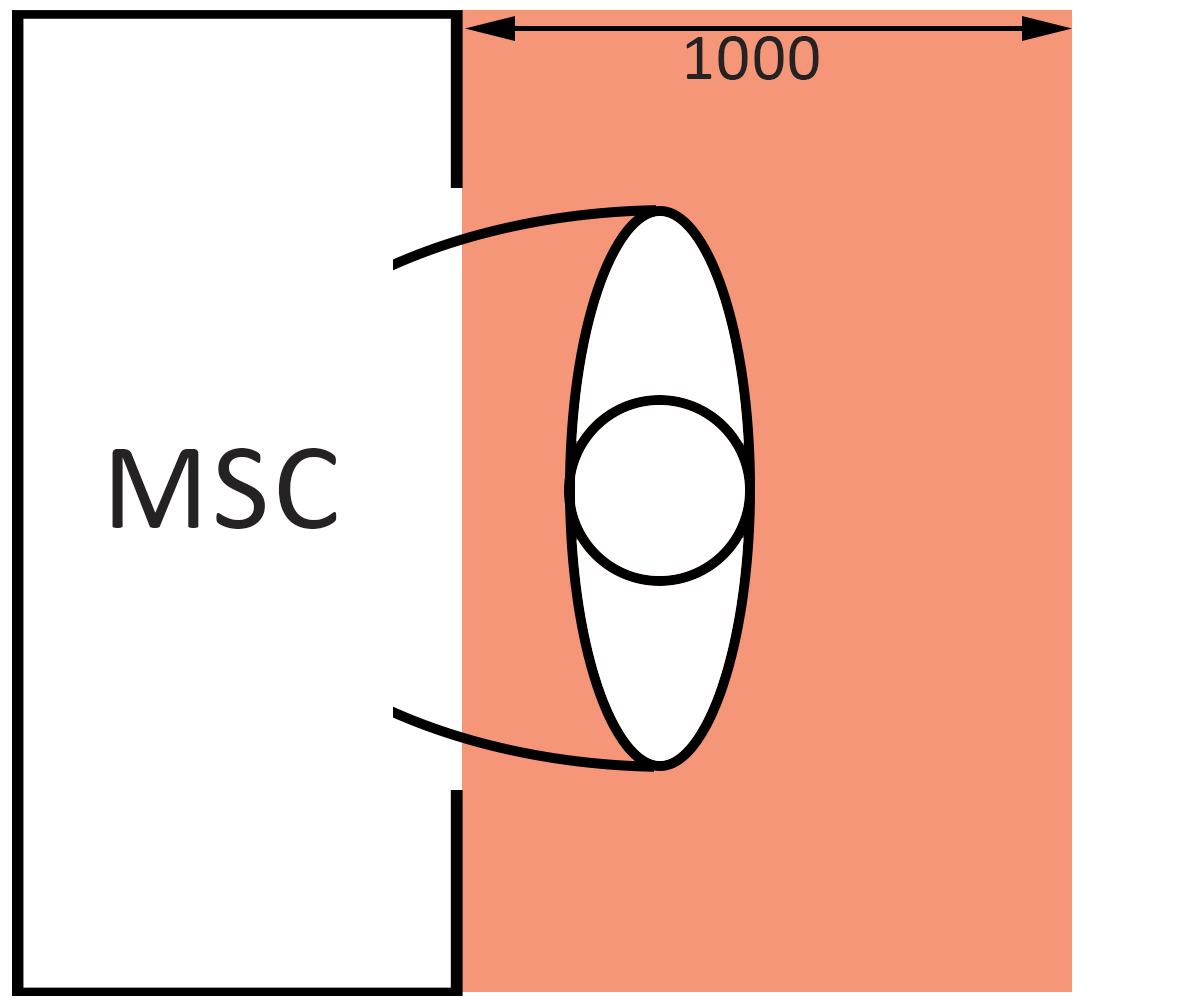
Image 1
2: Allow a minimum distance of 300mm from the cabinet to adjacent walls. While it would be tempting to place the cabinet against the wall to leave floorspace free, this will inhibit and compromise the airflow to the cabinet.
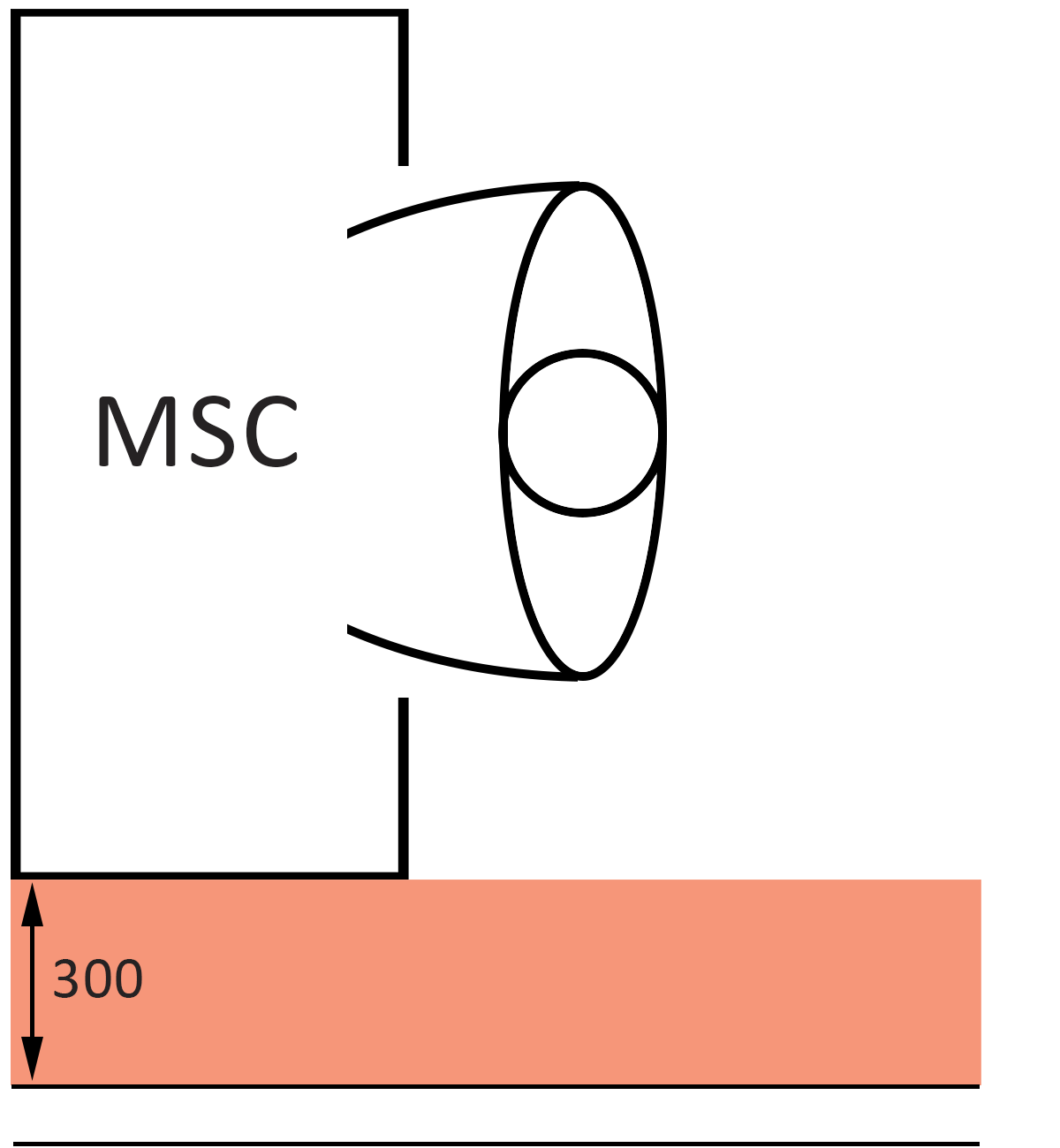
Image 2
3: Place your cabinets at least 2000mm from opposing walls. Again, this is a situation where allowing free space has the dual benefits of ample room to work and clear, uncompromised airflow for the cabinet.
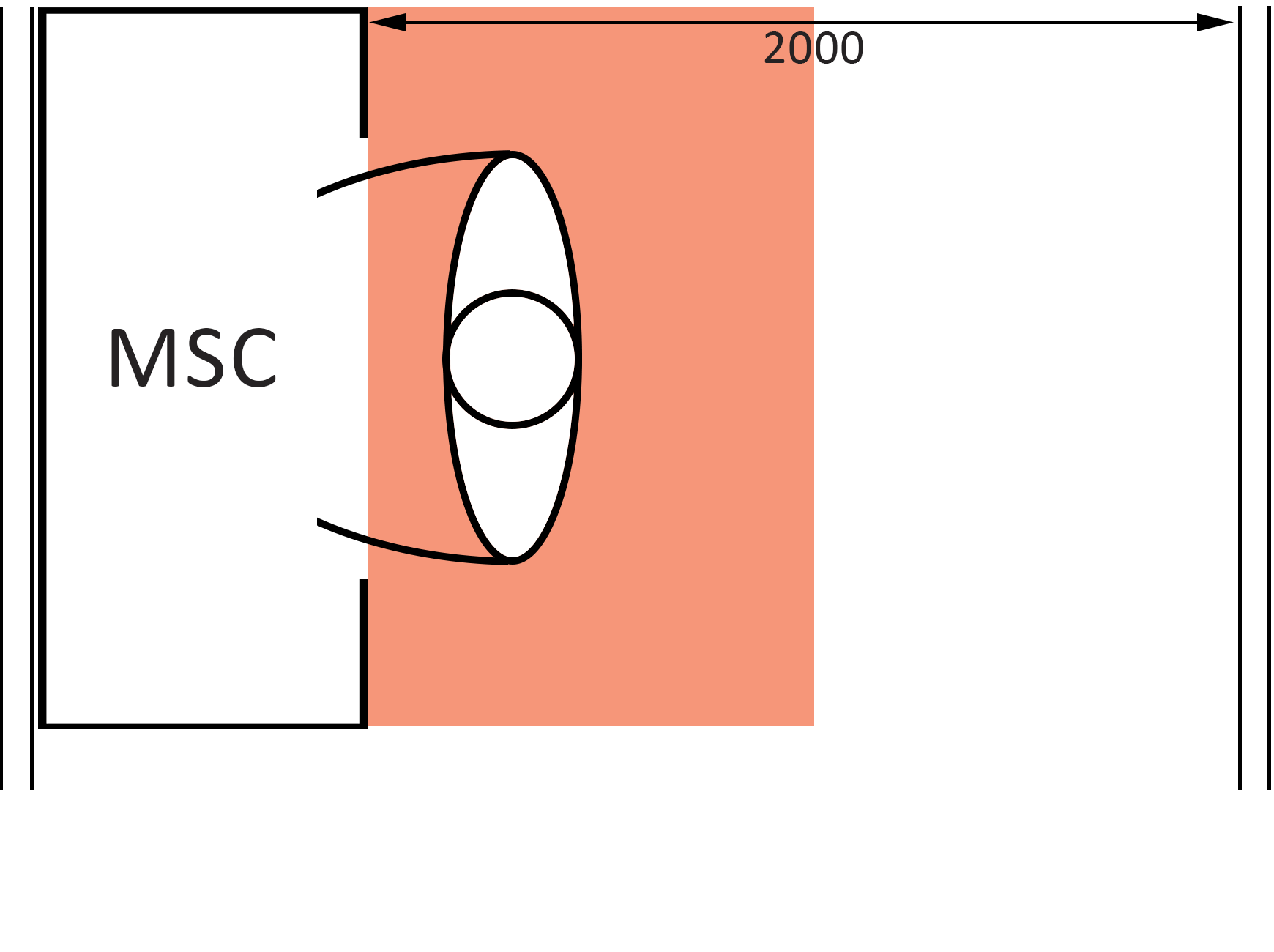
Image 3
4: Place safety cabinets at least 1500mm away from opposing bench tops or areas with occasional traffic. Placement of benches in relation to cabinets needs to be carefully considered; the amount of traffic to the bench area could impact the airflow to the cabinet.
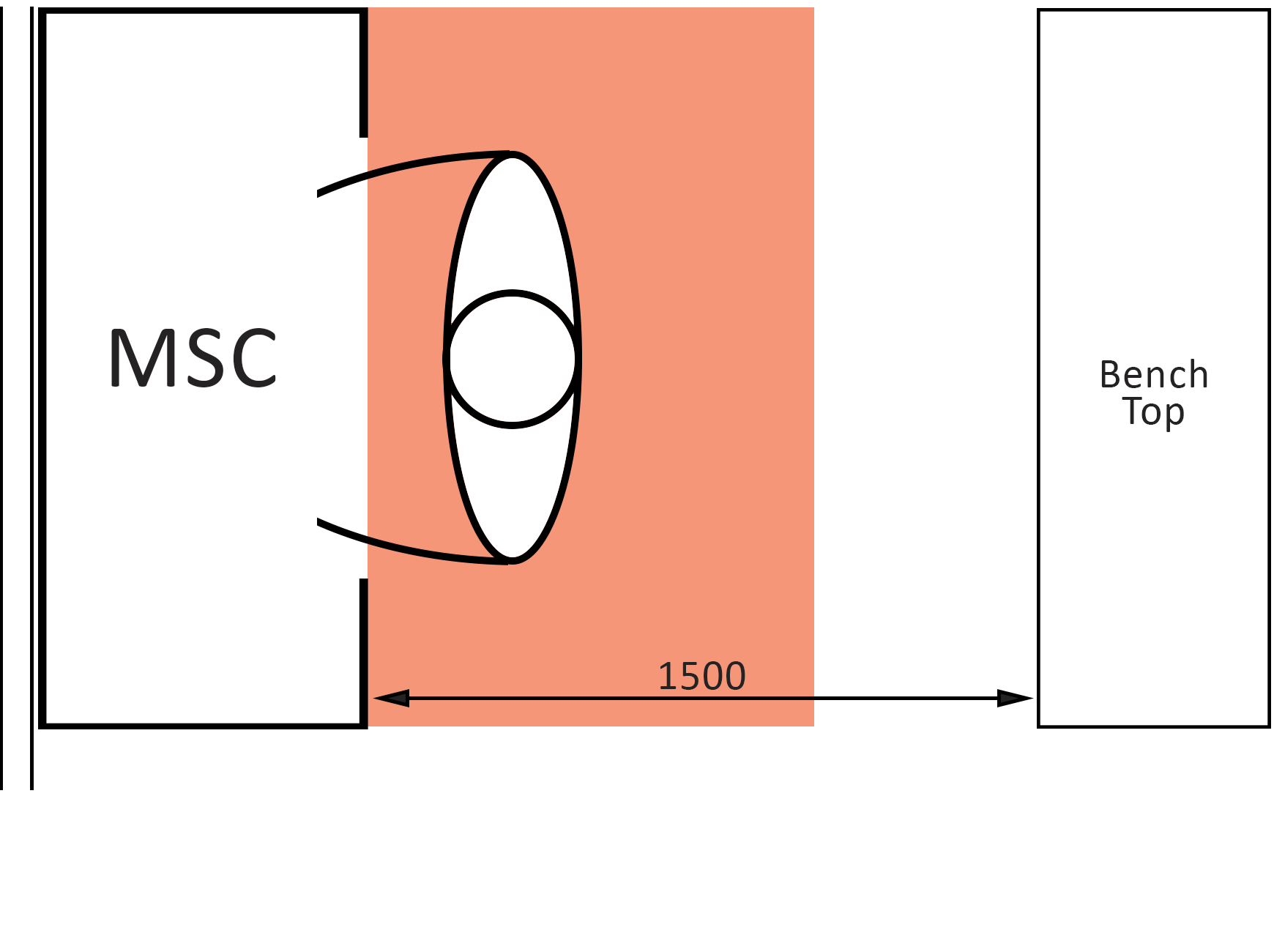
Image 4
5: Maintain a distance of at least 1000mm between a cabinet and bench top along perpendicular wall.
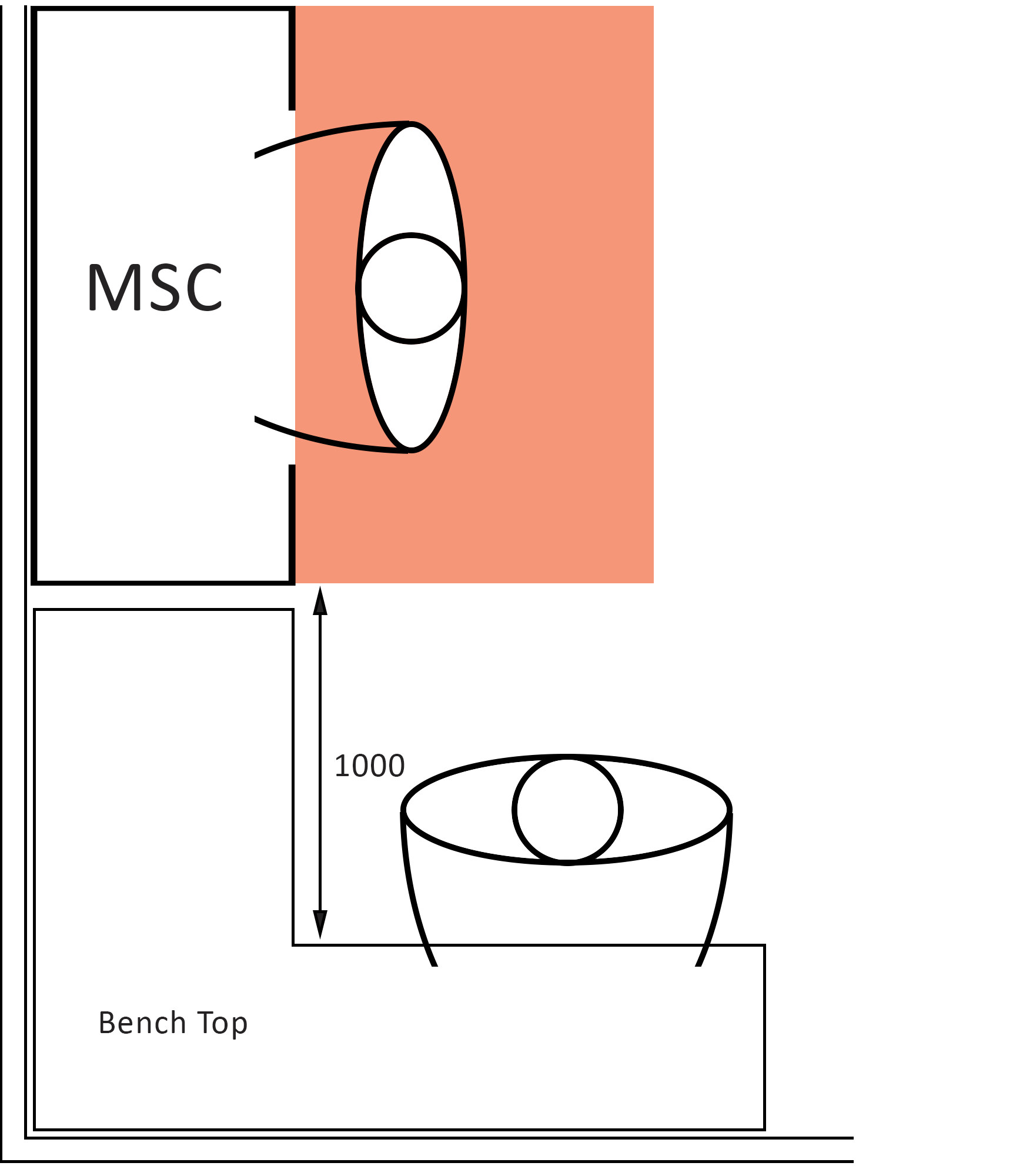
Image 5
6: A distance of 300mm from columns will avoid disturbance to cabinet airflow, columns can also aid in defining traffic routes.
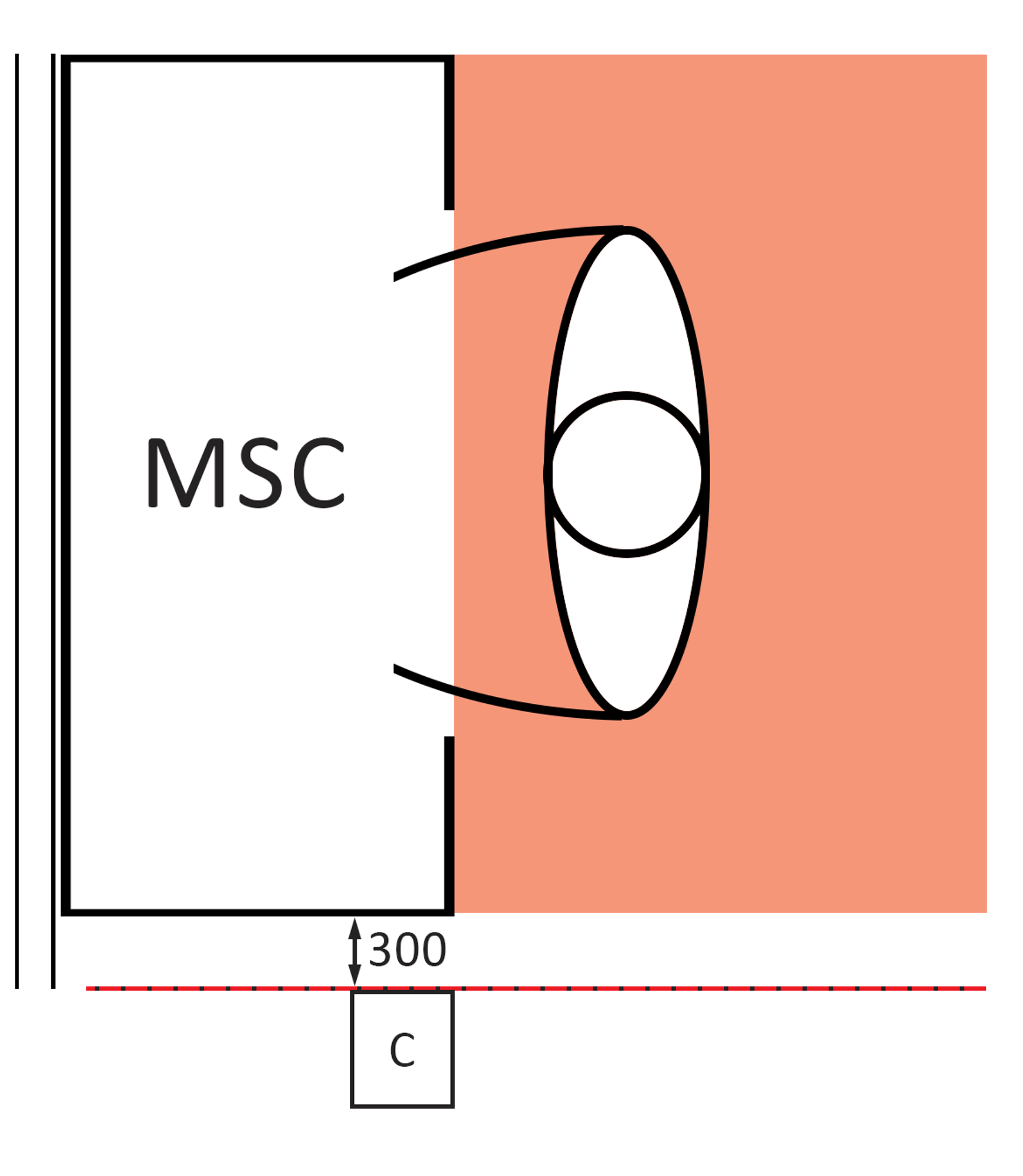
Image 6
7: Where you have cabinets opposite each other, keep at least a 3000mm distance between them. Cabinets are rarely deployed in isolation, so consideration of how they interact is critical for efficient performance.
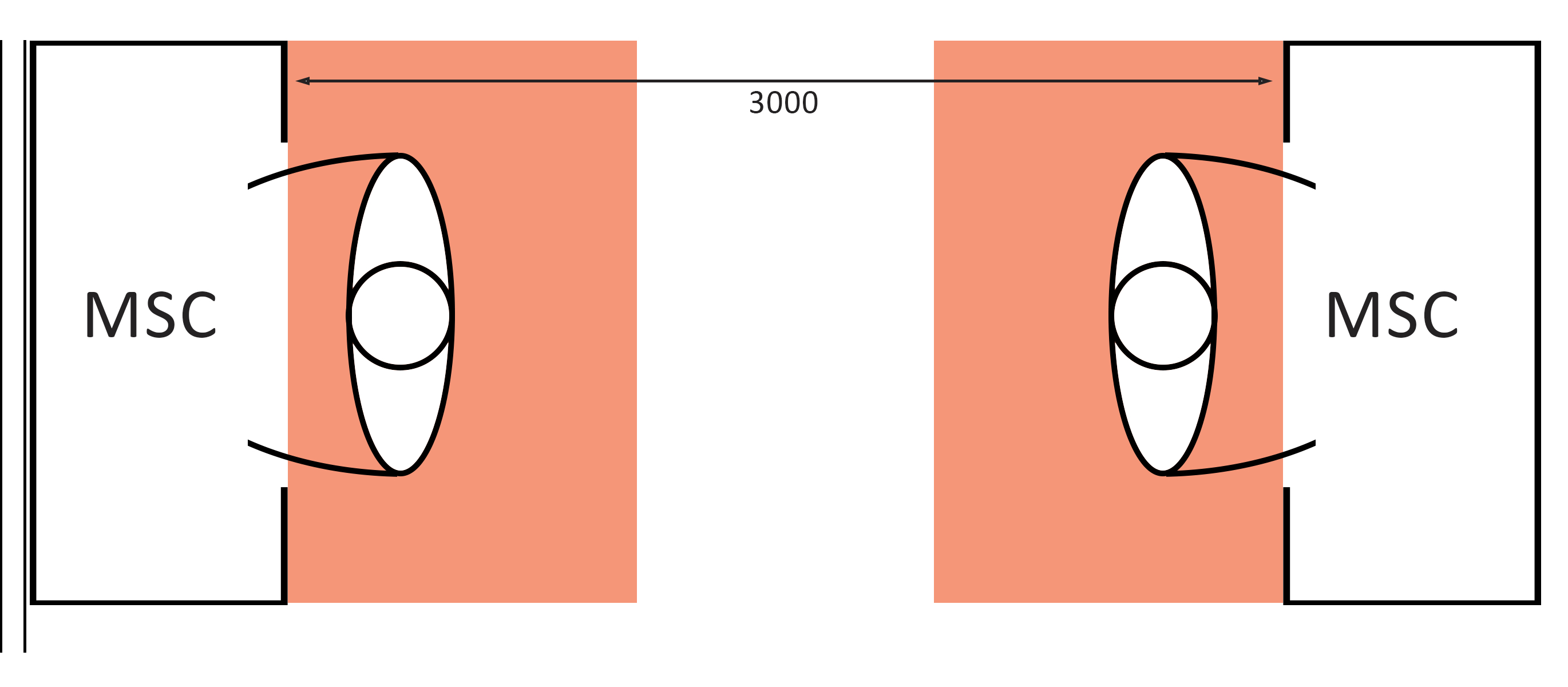
Image 7
8: (The same consideration is true when they are positioned side by side, where a distance of 1000mm between cabinets along same wall should be maintained.
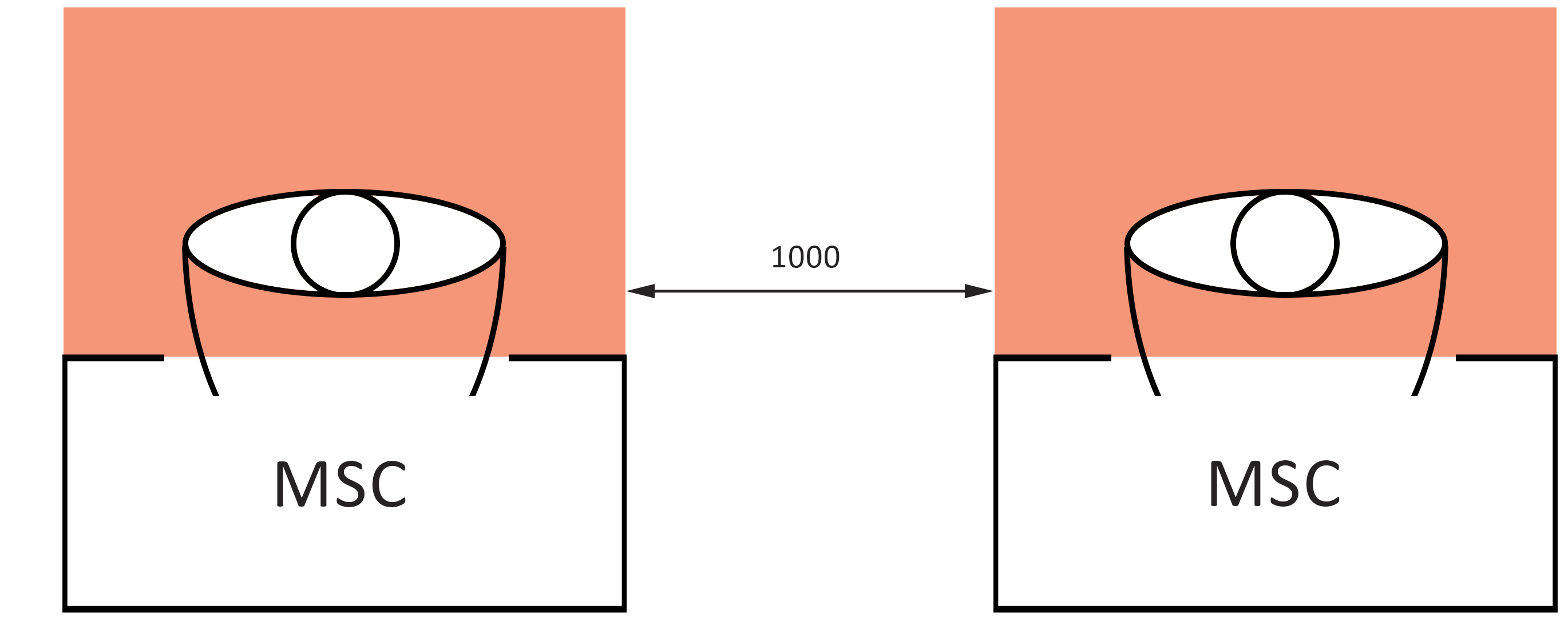
Image 8
9: More problematic is where two cabinets are placed in the corner of a workspace. Here, a distance of 1200mm between cabinets should be maintained as shown in the diagram.
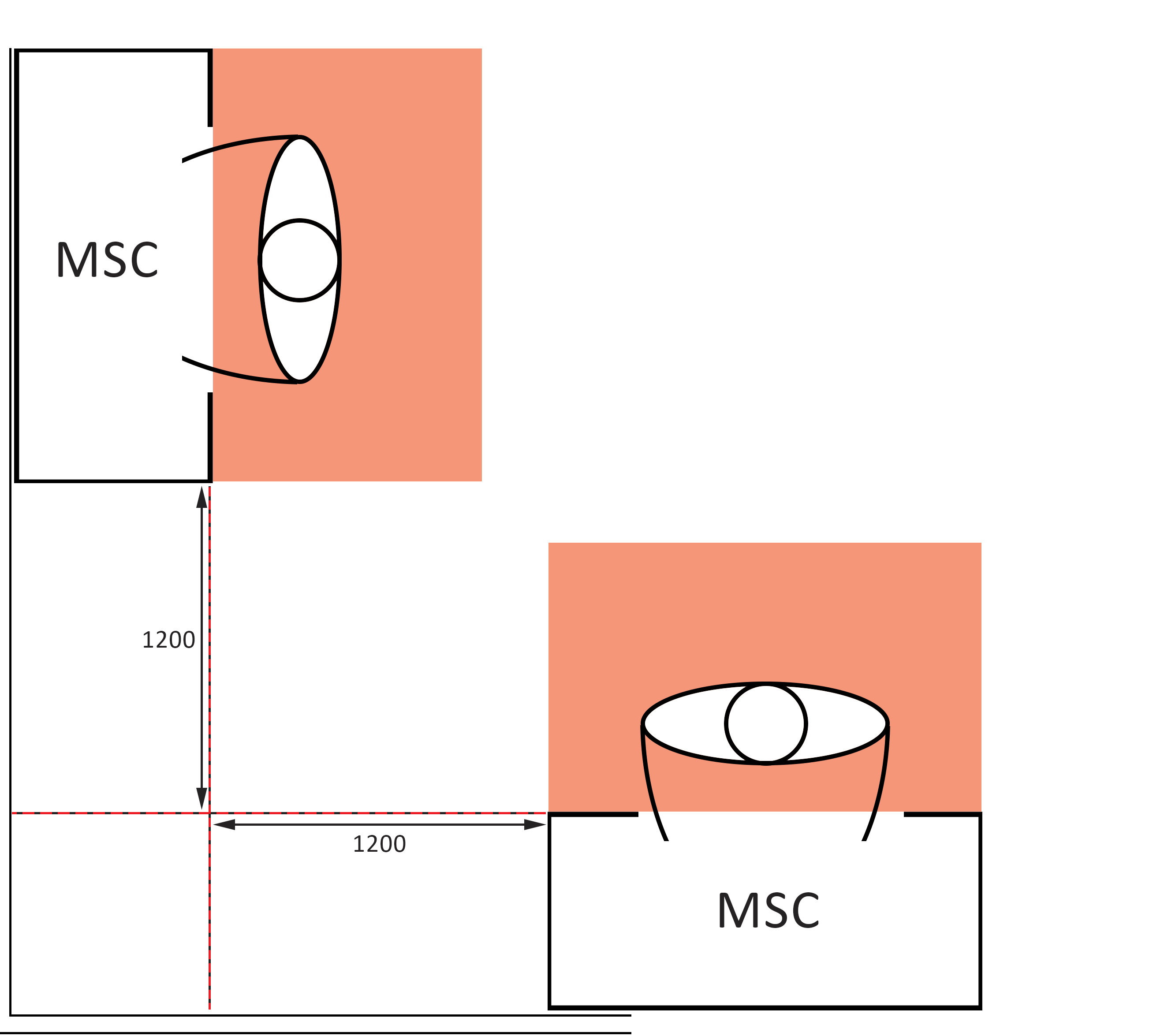
Image 9
The guidance outlined by British Standards Institution and National Institutes of Health, also advises on placements that should be avoided, such as:
- Where there would be an entryway adjacent to or behind the cabinet
- Positioning bench tops alongside the cabinet without a gap
- Overcrowding the work area so that there is too much traffic moving around the cabinets which will negatively impact the airflow to a cabinet
Keeping lab staff and product samples safe is always the number one priority in any laboratory environment. Proper lab design and positioning of equipment is critical to delivering on this but if you follow the guidelines above for safety cabinet placement, it will minimize the risk of accidents, support productivity and maintain the highest levels of performance for both staff and equipment.

